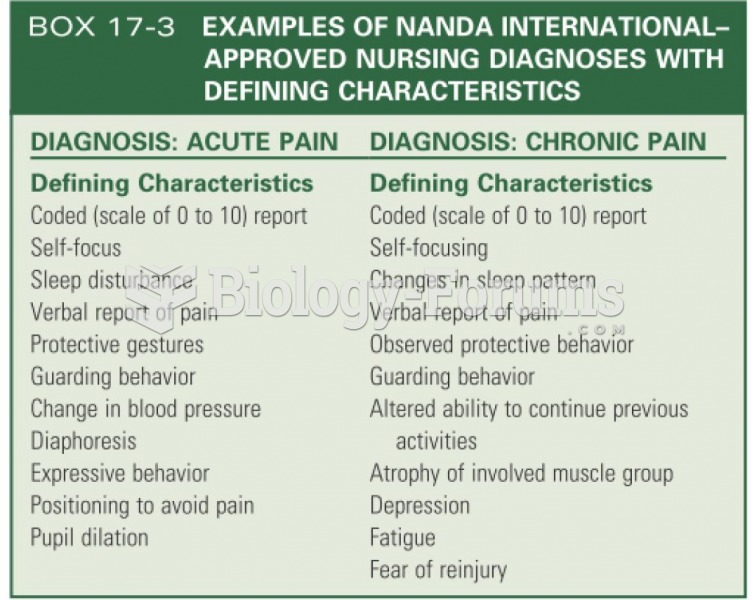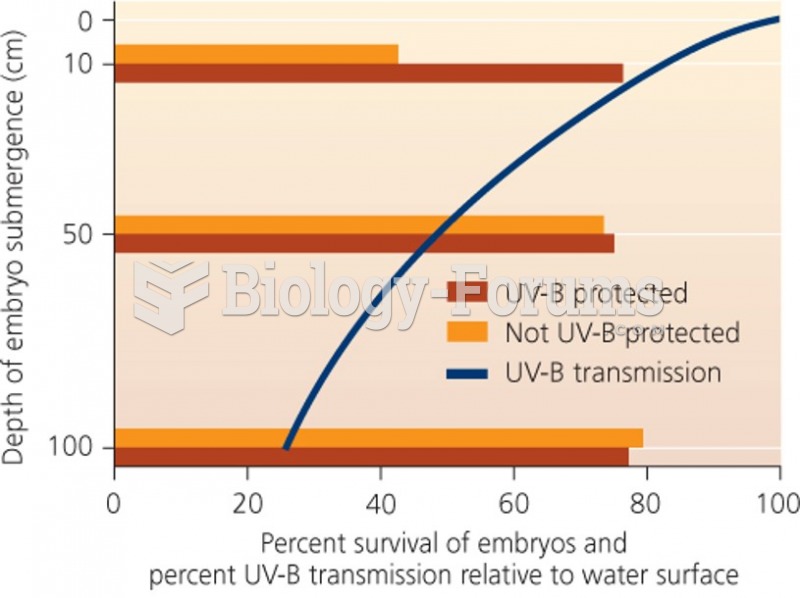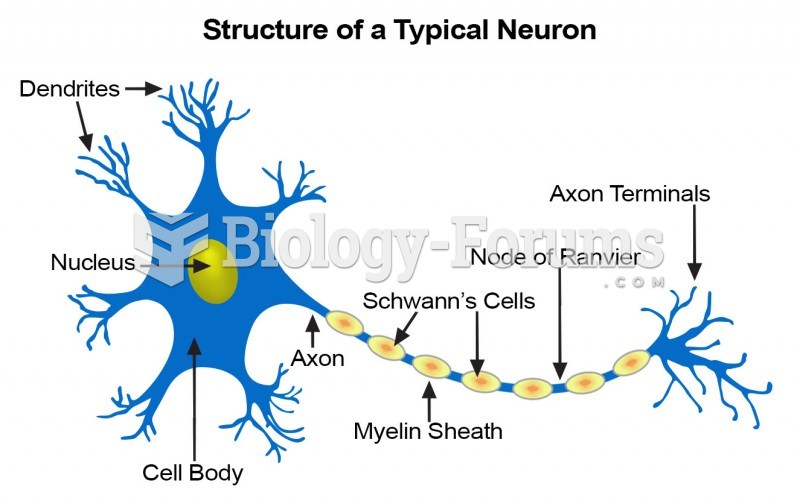Answer to Question 1
There are four major advantages of digital/interactive media:
Interactivity is one of those lofty goals of advertisers that could never have been truly accomplished with traditional media, but is sometimes achieved through digital/interactive media. Ads in traditional media may have allowed consumers to clip coupons, enter contests, or write testimonial letters. But the new media are designed for all forms of interactivitychats, blogs, comments, forums, activities, games, etc.
A click-through allows the user to click on an ad and get a virtual tour, visit a home page, read product specifications, enter a discussion about a brand, or most importantly, purchase the product online immediately. If advertisers can attract surfers to the brand website, there is the opportunity to convert that surfer to a buyer
if the site is set up for e-commerce. Design components of various digital or mobile or tablet ad formats can have an important effect on click-through and sales potential. Integration refers to the ability of advertisers to include their home page URL as well as the online address of special promotions, contests, or related sites on virtually all of their other forms of advertising and promotion. Digital and mobile advertising is most easily integrated and coordinated with other forms of promotion. The integration of Web activities with other components of the marketing mix is one of the easiest integration tasks in the IBP process. This is due to the flexibility and deliverability of Web advertising. Social media also provides a seamless interface with the most traditional of IBP tools, television. Television ratings for live events, such as the Grammys and the Oscars, have spiked in recent years as viewers tweet and post on Facebook to alert friends to the awards and to their reactions to the proceedings.
On a cost-per-thousand (CPM) basis, the cost of Web ads for the most part compares favorably with ads placed in traditional media. The real attraction of digital is not found in raw numbers and CPMs, but rather in terms of highly segmentable and highly motivated audiences. The Internet is ideally suited for niche marketing. Engagement via a Digital Footprint. Companies, nonprofits, and human brands alike can engage others via their online presence. The integration of print campaigns with Facebook and a QR code that brings the consumer to the product's website is a way to engage via hybrid channels. Based on privacy settings, online history of what one posts becomes a digital paper trail, available for anyone to reflect back on. The information that one shares creates a digital footprint, defined as your profile of personal information, accessible online to a spectrum of people.
Student examples may vary.
Answer to Question 2
d







